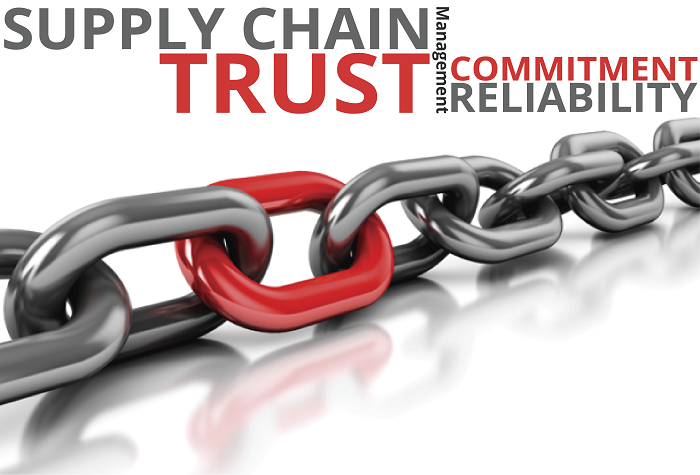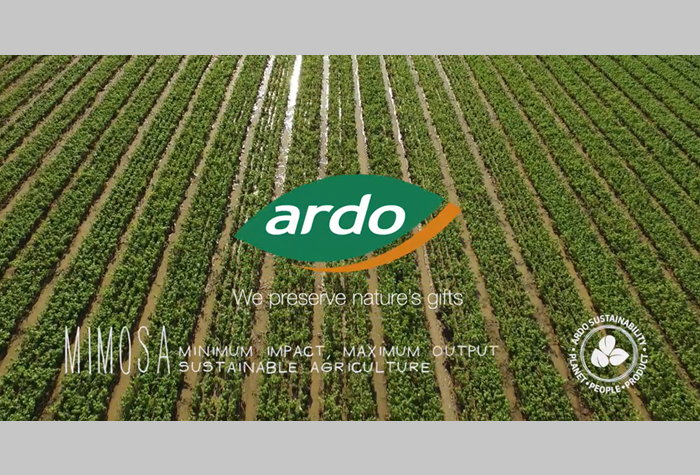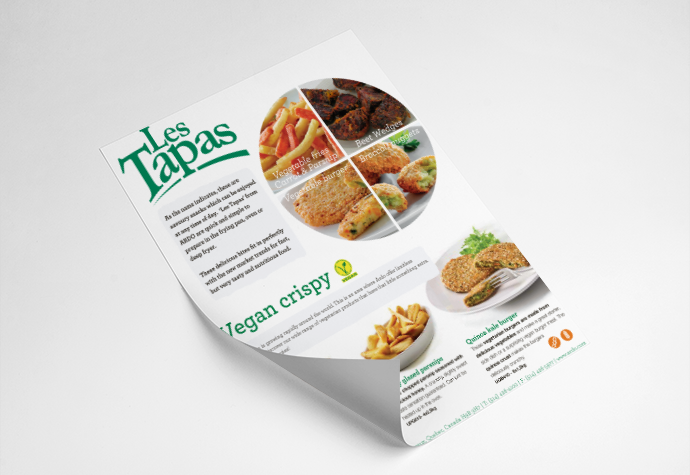From peer reviewed academic journals to industry trade publications, there is an astonishing amount of business literature devoted to the topic of supply chain management. From spotlights on the lean supply chain to the benefits of the agile supply chain to recommendations on how best to use their two-headed offspring – the leagile supply chain – marrying upstream economies of scale with downstream decoupling points yielding opportunities for mass customization…..the supply chain is an essential business value generator and yet many simply see it as code for how quickly and cheaply you can get me my stuff. While there is nothing new in questioning the high cost of cheap, the current challenges before our industry make it worth revisiting the way trade chain stakeholders collaborate.
Competitive markets make for cost efficient operations but what happens when efficiency runs amok? It may make for snappy copy but does anyone really take pride in being “Farm Fresh, Dirt Cheap.”? What does use of this marketing slogan say about how folks actually value our food system? Consider for a moment how we view supply chain stakeholders performing overlapping functions in product safety oversight. Do we consider such practices as adding value even if that value cannot be captured at the point of sale but is best understood in terms of protecting consumers and the supply chain as a whole? Or, do we consider such practices as creating “waste” in otherwise “lean” supply chains? Excessive overlap certainly creates drag, however, one must question due diligence executed by blind faith. In a post FSMA food trading context, importers blindly abiding by check box food safety practices may retain “leaner” costs but at the expense of being woefully incapable of meeting their regulatory obligations.
While pondering these points, consider how highly efficient logistics systems all but guarantee that problematic goods are increasingly capable of reaching larger numbers of consumers. Complicating matters, our food system continues to fall prey to unconventional food safety risks. Anecdotally at least, it certainly seems like pathogens that were once usually associated with meat production are increasingly making their way into fresh produce. And then there is the power of social media to quite literally make or break a brand or a business overnight…regardless of whether one is rightly or wrongly associated with a product harm event.
Having pointed the finger of blame at supply chain efficiency, it may be in taking a new look at the value chain that we can best address these issues.
Introductory supply chain management courses often begin with discussions of the bullwhip effect, a distribution channel phenomenon with potentially costly business implications as fluctuations in demand are massively amplified further upstream. While there may be many contributing factors leading to such disruptions, from poor demand forecasting to self-interested gaming by supply chain stakeholders, effective remedies center on information sharing and higher level collaboration. Point of sale data collection with integrated EDI inventory replenishment technologies come to mind. But why not go further?
Citing transparency as a core driver of consumer confidence, the Center for Food Integrity ( CFI ) notes that “…consumers look to food manufacturers to provide transparency in all aspects of food production, whether it’s safety; impact on health or even on-farm animal well-being.” Going further, CFI’s research indicates that the food industry risks further erosion in consumer confidence unless companies share both positive and negative information with that information being accurate and relevant to consumers. Can we honestly say that such levels of transparency are consistent with the coercive application of reverse sequential product liability risk transfer obligations?
Turning back to supply chain management, Harvard’s Michael Porter appears to have been bitten by the sustainability bug in focusing his attention on generating productivity by way of addressing unmet social concerns and environmental constraints. Porter’s version of creating shared value is exemplified by companies like Nestle in redesigning their coffee bean procurement processes benefiting growers; reducing environmental impacts and producing greater quantities of higher quality products. The point being that meaningful coordination and sharing of opportunities and profits yields far greater aggregate gains when compared to merely optimizing short-term supply chain performance.
In a similar way U.S. trade officials have been concerned with how best to address such “social concerns” as national security and consumer product safety. In the wake of 9/11, Customs officials were tasked with rethinking how best to facilitate legitimate trade while protecting the homeland. From this starting point, and in collaboration with the trade community, CBP’s Customs-Trade Partnership Against Terrorism or C-TPAT program came into being. C-TPAT may not have always met with the trade’s expectations, however, CBP describes it as “…the largest and most successful government-private sector partnership to emerge from the ashes of 9/11.”
More recently, CBP has looked to further facilitate legitimate trade by offering eligible importers with access to membership in CBP Centers of Excellence and Expertise along with enrollment in Trusted Trader Programs. As part of this broader account based management approach, eligible importers enjoy specific trade facilitation incentives including access to their own CBP personnel “…with the requisite experience and expertise to authoritatively facilitate trade issues.”
Similarly, the FDA is finalizing requirements of their trusted food importer program, the Voluntary Qualified Importer Program. Under this FSMA mandated program, highly compliant stakeholders will benefit from a “green lane” level of access with respect to the entry of their FDA regulated products translating into fewer import clearance delays and greater speed to market metrics.
From CBP to FDA, federal regulators are looking at how best to allocate tax payer resources by way of segmenting risk while facilitating the flow of legitimate trade by trusted stakeholders. Put another way, regulators are increasingly looking to extend value adding benefits not by way of volume or lowest cost of doing business but on the sharing of trade chain information of benefit to the public by stakeholders demonstrating their ability to excel at supply chain integrity management.
Having said all this one cannot be so naïve as to think that folks will simply commit to joining communities of practice for the greater good nor can one expect that the snake oil salesmen will simply roll up their tents and move on. One only has to look at the amount of food fraud taking place to realize the challenges before us….be it conventional fruits sold as organic or extra virgin olive oil that is anything but or all beef burgers made from horse…let alone changing food safety risks, increasing regulatory obligations and business practices creating more rather than fewer single points of failure.
And yet I for one cannot help but think that as consumers continue to demand more information about the foods they buy and as those inconvenient externalities becoming increasingly built into cost structures and integrated food systems amplify the damage caused by single points of failure…there will be a need for far more business-to-business collaboration than merely employing EDI systems to share sales and inventory data.
Future food business success stories will be told by folks who have scaled operations by way partnerships with value adding networks not on buy low, sell high product flipping practices. Winners of Supply Chain 2.0 will be the networked trade professionals pooling risk to ensure food system integrity rather than spot deals on cheap products slithering through the murky distributions channels of “Farm Fresh, Dirt Cheap” supply chains.




